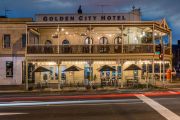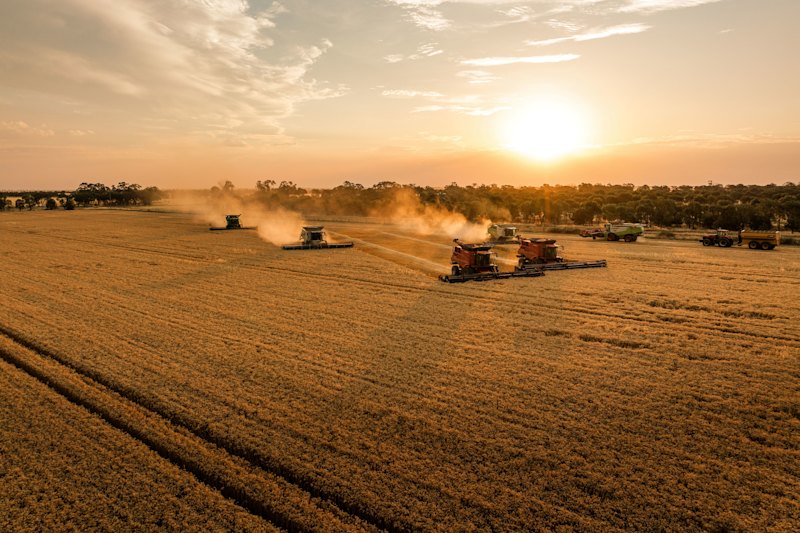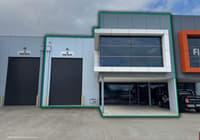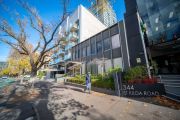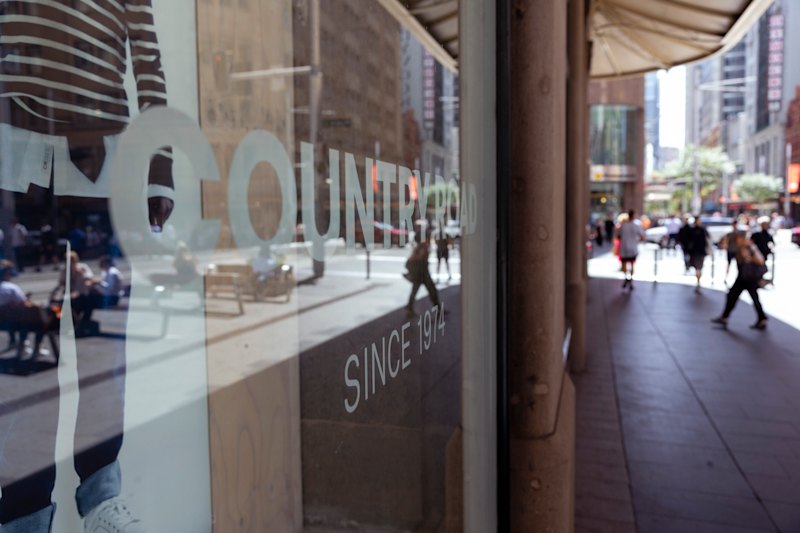
New sales inquiries up 20pc as rate expectations stabilise: Stockland
Home buyers are returning to the market as expectations grow that the cycle of interest rate increases has peaked, pushing up new sales inquiries by 20 per cent last month alone, Stockland chief executive Tarun Gupta said.
The returning residential demand allowed Australia’s largest diversified developer of new housing to keep full-year pretax earnings guidance of 34.5¢-35.5¢ a share unchanged even as revenue and earnings slumped as a result of making fewer residential settlements in the six months to December.
Funds from operations – an industry measure of earnings – at its master-planned communities business sank to $40 million from $113 million in the same period a year earlier, and Stockland’s overall FFO fell almost 25 per cent to $266 million from $353 million.

But even as settlement volumes fell to 1614 from 1872, new residential sales rose to 2172 lots compared with 1804 lots a year earlier as consumers grew more confident about the outlook for interest rates, Mr Gupta said.
“If you look back last 12 to 18 months, things have been slowing down really as a result of the high interest rate environment,” he told The Australian Financial Review.
“But we have been saying for some time that as the outlook for interest rates stabilises, we would see demand starting to come back. And that’s what we’ve seen over the course of the last half.”
The shares closed flat at $4.61 as investors overlooked the fall in interim earnings and focused on the skew of expected settlements in the second half that the company said would lift it to its target of 5200-5600 this year – in line with last year’s 5403.
The early signs were there of a pick-up in demand for affordably priced homes that the company was preparing to meet, Mr Gupta said.
“January inquiries, compared to January last year, we were up about 20 per cent, give or take,” he said.
“If you look at around the states, WA is very affordable, and there’s good momentum in that market, south-east Queensland also an affordable market, and we’re seen good momentum there. Sydney is starting to wake up. And Melbourne, Victoria, still subdued.”
Affordability was the biggest challenge and buyers were downsizing to smaller homes on smaller lots, Mr Gupta said.
The company’s development profit margin on master-planned, or estate, homes was 18 per cent, but this would pick up into the “low 20 per cent range,” as construction cost inflation moderated further, settlement volumes increased, and it sold more homes in higher-margin areas, development head Andrew Whitson said.
As it lined up to tap a growing demand for housing, Stockland said it expected to be actively trading in 66 communities across master-planned communities and land lease projects, up from 36 in June 2023, reflecting a “step change” in production of new homes across both types of residential communities.
“A soft 1H24, albeit ahead of our expectations but importantly, Stockland has reiterated its FY guidance, helped by the acquisition of [Lendlease’s master-planned communities] portfolio,” Jarden analyst Lou Pirenc said.
“Overall, no negative surprises for us in this result and we believe Stockland is well-positioned for an accelerating FFO profile from FY25 onwards, which we believe is not reflected in the share price.”
But analysts questioned how easily Stockland would be able to secure third-party investment for its ambitious commercial pipeline, in particular the $1.1 billion-worth of logistics developments, “the majority” of which the company said it would start this year.
“Investors remain focussed on Stockland securing the third-party capital required for those projects to be commenced, beyond the current partnerships formed to date,” UBS analyst Tom Bodor told the Financial Review.
Mr Gupta said the company could secure capital either from third-party investors or from selling non-core assets.
“We’ve got a number of levers that we continue to pull,” he said.
“Obviously, not everything’s committed at once. We have staged commitments, and that’s the feature of our pipeline. If you look at land lease, MPC, and even logistics, we are incrementally committing so if capital markets turn, or they are not as favourable, we can always slow down.”
Stockland also said the new logistics projects it developed would yield more on cost than the 5.3 per cent of its existing portfolio.
“With regard to where rents are, looking at construction costs, and yet, being obviously cognisant of where cap rates are, we’d be looking for that to be above 6 per cent,” Mr Whitson said.
Workplace FFO rose 2.8 per cent, driven by higher rental income.
Stockland’s $1.9 billion portfolio of offices properties, including two recently completed buildings at its MPark development in Sydney’s Macquarie Park, remained comparatively small, prompting questions about whether the company would dispose of it as a non-core asset.
Investment management CEO Kylie O’Connor said the majority of workplace assets were strategic sites, held for redevelopment.
“I think we’re quite comfortable with the weighting that we’re at at the moment, and really focusing on what the opportunities are across those sites,” Ms O’Connor said.
The company declared an unfranked 8¢ dividend, payable on February 29, down from 11.8¢ a year earlier. Distribution per security would be within Stockland’s targeted payout ratio of 75 per cent-85 per cent of post-tax FFO, it said.

